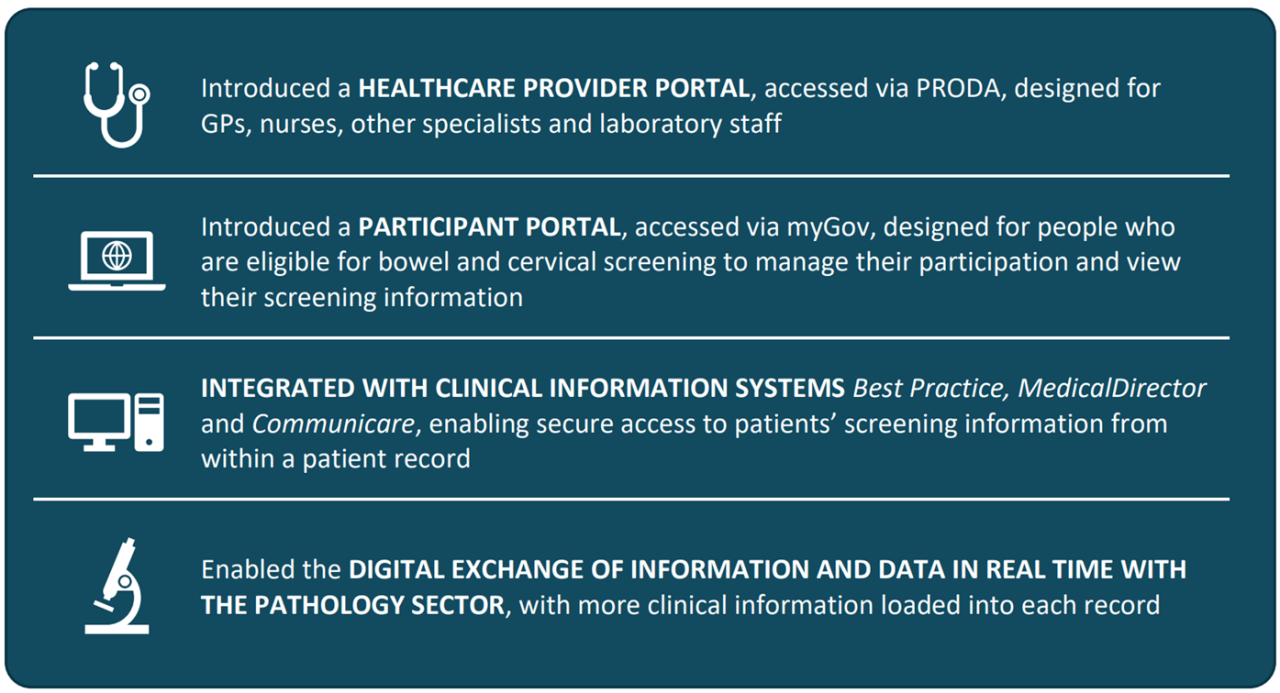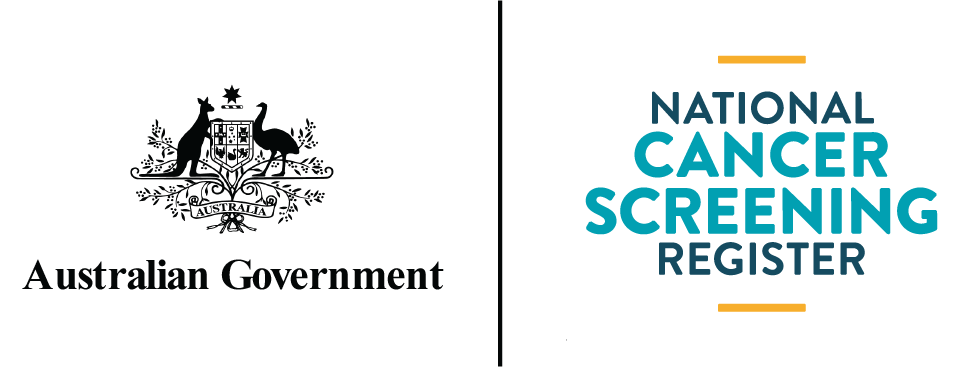Digital transformation of cancer screening

Date published: 23 March 2022
NCSR's new digital channels reducing reliance on fax
There have been many articles over the years about how the healthcare system is keeping the use of fax machines alive. Although we’re seeing a significant reduction in paper around general practice, there is still more work to do in the adoption of secure messaging channels.
The National Cancer Screening Register (NCSR) is helping reduce the reliance on fax within the healthcare system with the introduction of new digital channels.
In just one year, the number of fax requests for cervical screening histories received by the NCSR has dropped by 94%, due to the release of secure online alternatives to access and submit patient screening information in real-time.
In October 2020, the NCSR released an online portal for GPs and practice staff to access patient data via PRODA. This was followed by integrating the NCSR with clinical information systems, Best Practice in January 21, MedicalDirector in August 21 and Communicare in December 21, allowing users of these systems to access and submit data to the Register, directly from within a patient record.
The rates of adoption have proven there is a high demand within general practice for secure digital channels and that reliance on fax is not for want of trying to access an alternative solution.
The NCSR’s Medical Operations Director and fellow GP, Dr Tim Ross says, “We’re making headway into progressing the digitisation of cancer screening through improving connectivity across the health ecosystem. We are connected with all major labs electronically and now receive 99.7% of screening test results in real-time, improving completeness of screening histories in a more timely manner for GPs and practice staff.
Tim went on to add, “our goal is to integrate with as many clinical software systems as possible and we are engaging with more and more vendors to help this become a reality.”
The goals not only relate to creating greater efficiency and improving access to data within general practice, but to improving screening rates, reducing the burden of these preventable cancers.
Having access to a patient screening status from within a patient record can prompt an extremely valuable discussion around early detection and potentially lead to opportunistic screening. Noticing a patient is overdue for bowel screening and understanding why a patient discarded their recent iFOBT kit can lead to a potentially life saving consultation. The new functionality now provides GPs with the opportunity to order a replacement test kit to be issued directly to a patient’s address.
Having prompt, real-time access to cervical screening histories is also reducing the number of unnecessary cervical screening tests performed which often result in patients being charged if they are not due for a test.
Prior to the introduction of the new digital channels for health professionals, the NCSR previously received almost 8,000 fax requests a month for patient cervical screening histories. In January 2022, that number was just 470.
Dr Ross says “As more and more GPs become aware of the new functionality, we’re seeing huge increases in screening histories accessed via the new digital channels. Over 12,000 screening histories were accessed online in November last year, the biggest number we’ve seen to date.”
Dr Steven Kaye, GP and member of the RACGP Expert Committee – Practice Technology and Management worked with the NCSR team during the testing of the new functionality and had this to say about the Register.
“It’s a significant development in preventive disease monitoring and management, to help health professionals and their patients on their screening journey. Clearly it is thoroughly advantageous, timesaving overall and much more efficient for patient care in every possible way.”
Participants of the screening programs can now also update their details, check when they’re due to screen and order their own replacement iFOBT kits via myGov, with the number of users growing each week.
Since 2019, the NCSR has:

